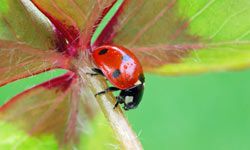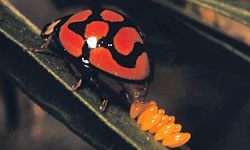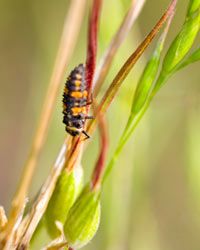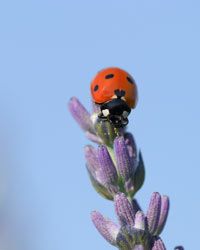You probably wouldn't be able to draw a Cyphochilus beetle or a mole cricket if someone asked you to, but you almost certainly could depict a ladybug. Little round, red body with black spots, two antennae and some little black legs and, bingo, a ladybug!
Good start, but not quite. Ladybugs, also known as lady beetles and ladybirds, also come in a Crayola-worthy assortment of pink, black, yellow and orange. Most of them have distinct markings, but they're not always black -- a black ladybug might have red markings, for example. Some ladybugs have 13 spots, while others have only two. And that's not even mentioning ladybug larva, which look kind of like lizards.
Advertisement
Whether you fall into the camp of people who think ladybugs are adorable or the side that thinks they're just another bug, you probably haven't given a lot of thought to ladybug babies, toddlers or teenagers. Isn't it about time to learn about the beetle in your backyard?



